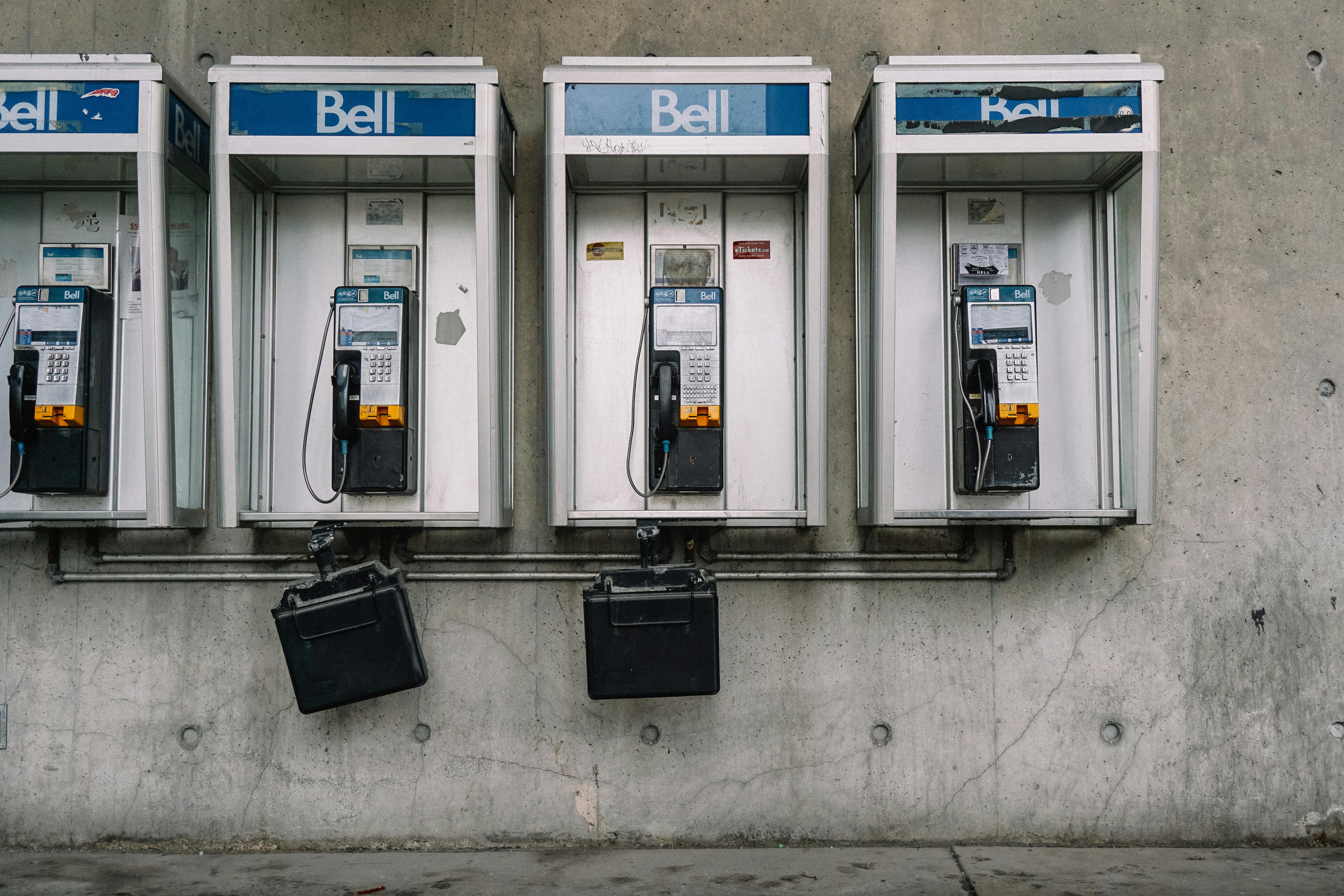The secret ingredients of cigarette smoke
Consider this:
With each puff of a cigarette, cigar, or pipe, more than 4,000 chemicals are produced. Of these 4,000 chemicals, 43 are positively identified as causing cancer. If you were to check out this list of chemicals, you’d be surprised how many other substances share some of the same ingredients with gasoline, bathroom cleaners, and nail polish remover, just like tobacco smoke. Whether you’re trying to protect your own health or the health of nonsmoking family members, it’s important to know exactly what chemicals are left in the air after smoking and what you need to do to get rid of them.
Your furniture, drapes, rugs, and walls are also affected by the chemicals found in cigarette smoke. You may have noticed that your walls are yellowing or that there is additional buildup or dust and ash particles on the furniture. Worst of all, the odor created by smoke seeps into porous surfaces and is re-emitted for years and years. If the time ever came to resell your home, it would literally cost you thousands of dollars to repair the damage caused by tobacco smoke.
To give you a better idea of what dangerous chemicals are produced when you light a cigarette, here are some of the notably toxic ingredients in the smoke, as well as some of the other substances that use these same chemicals:
Benzene, also known as gasoline additive – a very potent chemical that causes cancer. Used as a solvent in fuels, it is a carcinogen as well as a chemical directly linked to leukemia.
butane lighter fluid – a highly flammable chemical known to cause narcosis, suffocation and cardiac arrhythmia.
Battery content of cadmium, also known as – most of the time, cadmium is used to produce batteries. It is known to cause cancer and is an occupational hazard that is very harmful if inhaled.
Formaldehyde, also known as embalming fluid – this is the extremely poisonous chemical used to preserve corpses. It is known to cause cancer, respiratory, skin and gastrointestinal problems.
DDT, aka illegal insecticide– a synthesized chemical that kills both pests and non-pests. It is linked to cancer (especially breast cancer), developmental and reproductive problems in humans.
Lead aka wall paint – a poisonous metal that was once used in paint. Lead paint is no longer manufactured due to the danger of lead poisoning.
Naphthalene, also known as mothballs – large amounts or exposure damage or destroy red blood cells.
Ammonia, also known as toilet bowl cleaner – This chemical is found in many cleaning products and is used in cigarettes as a kind of “flavor enhancer” that helps get more nicotine into the bloodstream.
Acetone, also known as nail polish remover – a highly toxic and volatile chemical present in cigarette smoke
Tar Particles, Also Known As Ashy – a powdery particle found in each puff of a cigarette. 70% of the tar inhaled into the lungs stays there (forever).
Nicotine, also known as an insecticide/addictive substance – It is claimed that nicotine is the most addictive substance for man and is considered a medical and non-medical poison.
Carbon monoxide, also known as car exhaust – an odorless and tasteless poisonous gas that is often used for suicide (driving a car in a closed garage) due to its rapid and fatal effects.
Arsenic, also known as rat poison – cancer-causing element found in poisons and insecticides (farmers who used arsenic as an insecticide spray on fruit trees suffered brain damage)
Hydrogen cyanide, also known as gas chamber poison – This gas is so effective at killing humans that it was used in executions and mass murders, such as those in the Holocaust. It is no longer used for executions, because it is speculated to be a very painful way to die.
The easiest way to keep your loved ones safe from these chemicals is to place an air filter, such as those made by Dynamic, in the room with you to neutralize the smoke as soon as it is produced. By using an air filter in conjunction with an air purifier, such as the Biozone or Air Oasis, you will remove particles and reduce odors dramatically.
This same two-pass technology is perfect for commercial smoke removal applications such as bars and nightclubs, where smoky air scares customers away.
What is the best way to avoid health risks? Find a quit method that works for you. The most important thing you can do is make the decision to quit smoking. Set a quit date in the near future. Need help? Call the American Cancer Society’s smoking cessation line: 1-800-ACS-2345
